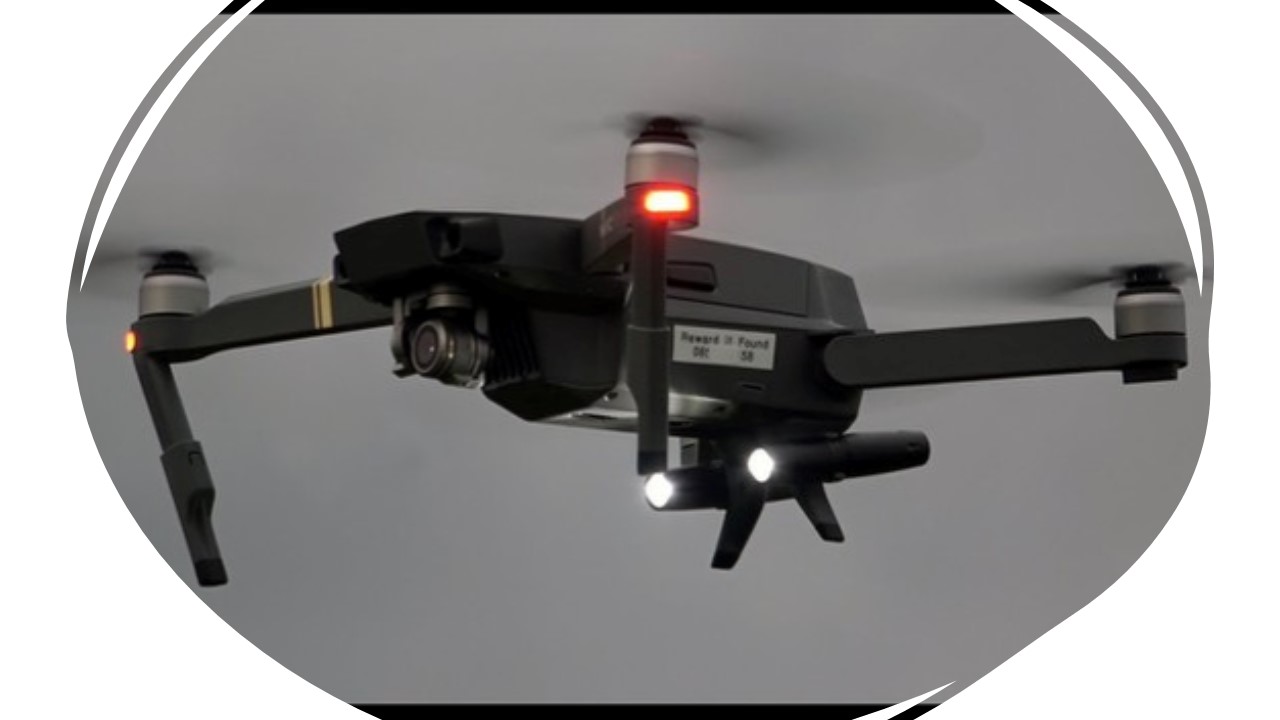ADS - B Drones Safety (24 Μαίου 2019)
DJI is adding receivers to help drones avoid plane and helicopter collisions
At an event in Washington, D.C. today, DJI unveiled plans to help avoid potentially life-threatening drone disasters.
At the top of the list is the company’s promise to add AirSense technology to all of its models weighing more than 250 grams (~half a pound), which goes into effect January 1 of next year.
The feature senses Automatic Dependent Surveillance-Broadcast (ADS-B) signals, alerting the drone pilot if the system is within range of a helicopter or airplane. The technology is transmitted from aircrafts, capable of being detected miles away — well before the drone pilot on the ground.
DJI says this is the largest deployment of ADS-B to date.
The addition of the ADS-B receiver follows a number of drone-related issues around airports, including January’s Heathrow closure after one was sighted near its runways.
The explosion of drone ownership has left many governments scrambling to enact laws aimed at avoiding close calls.
It’s the first of a 10-point plan the drone giant has enlisted, designed to help maintain drone safety. The full list follows:
- DJI will install ADS-B receivers in all new drones above 250 grams
- DJI will develop a new automatic warning for drone pilots flying at extended distances
- DJI will establish an internal Safety Standards Group to meet regulatory and customer expectations
- Aviation industry groups must develop standards for reporting drone incidents
- All drone manufacturers should install geofencing and remote identification
- Governments must require remote identification
- Governments must require a user-friendly knowledge test for new drone pilots
- Governments must clearly designate sensitive restriction areas
- Local authorities must be allowed to respond to drone threats that are clear and serious
- Governments must increase enforcement of laws against unsafe drone operation
DJI is being understandably proactive here. The company will no doubt be under scrutiny as the major player in the consumer drone space. The above list manages to split the work between drone manufactures and governments. Of course, adhering to this will also be in the hands of the drone pilots themselves.

Πιο ασφαλείς θέλει να κάνει τις πτήσεις των drone της κοντά σε αεροπλάνα και ελικόπτερα, θέλει να κάνει η DJI ενσωματώνοντας σ' αυτά την τεχνολογία AirSense.
Από την 1η Ιανουαρίου του 2020, όλα τα drones της DJI που έχουν βάρος μεγαλύτερο των 250 γραμμαρίων, θα ενσωματώνουν τη συγκεκριμένη τεχνολογία η οποία είναι σε θέση να λάβει το σήμα ADS-B το οποίο εκπέμπουν σε απόσταση χιλιομέτρων όλα τα ελικόπτερα και αεροπλάνα.
Στην οθόνη του χειριστηρίου του, ο χρήστης του drone θα λάβει σχετική ένδειξη και θα πρέπει άμεσα να πάρει τα κατάλληλα μέτρα.
Η λειτουργία αυτή προστίθεται σε μια σειρά άλλων που ήδη διαθέτουν τα Drones της DJI όπως το "return to home", "geofencing", "όρια ύψους" και "αποφυγή εμποδίων" με μοναδικό στόχο τις ασφαλέστερες πτήσεις.
Ήδη η DJI έχει εγκαταστήσει το AirSense στα μοντέλα Matrice 2000 και Mavic 2 Enterprise ενώ το απαιτούμενο βάρος (250 γραμμάρια) περιλαμβάνει σχεδόν όλα τα drones της εταιρείας, συμπεριλαμβανομένου και του μοντέλου Spark που έχει βάρος 300 γραμμάρια.

Η Ομοσπονδιακή Διοίκηση Αεροπορίας των Ηνωμένων Πολιτειών (FAA) απαιτεί από κάθε παραδοσιακό αεροσκάφος να ενσωματώνει το σύστημα ADS-B μέχρι τις αρχές του 2020 ενώ μέχρι σήμερα δεν υπάρχει παρόμοια οδηγία για οποιοδήποτε drone.
Όμως πρόσφατα περιστατικά σε αεροδρόμια όπως αυτό στο Heathrow τον περασμένο Ιανουάριο όπου εθεάθη drone κοντά σε διάδρομο προσγείωσης, είχε ως αποτέλεσμα το κλείσιμο του για αρκετές ώρες και την ταλαιπωρία χιλιάδων επιβατών.

